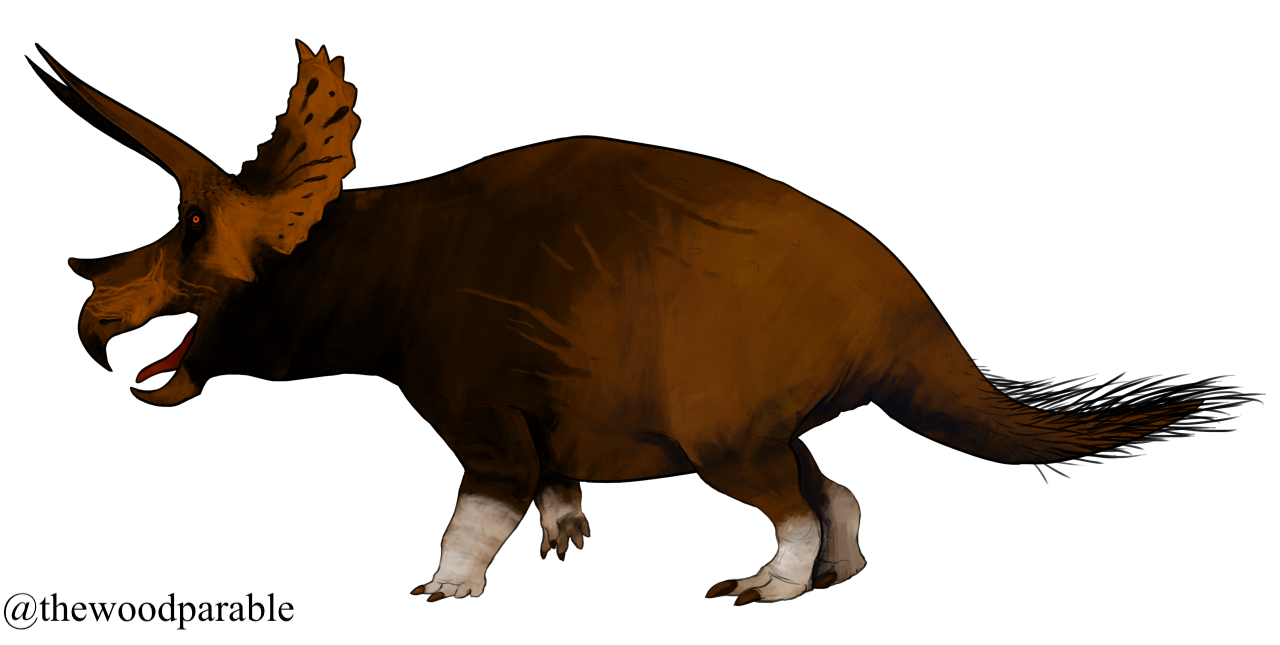Welcome to Agathaumas

Name Definition
Great wonder
Name Given By
Edward Drinker Cope in 1872
Location
Lance Formation in Wyoming, U.S
Classification
Dinosauria, Ornithischia, Marginocephalia, Ceratopsidae, Chasmosaurinae, Triceratopsini
Size
estimated to have been about 2 meters high, 9 meters long
Temporal Range
Maastrichtian stage of the late Cretaceous, around 66 million years ago
Ecological niche
bulky and horned herbivore
Species/Sub Species
A. sylvestris
Diet
while the dentition is unknown, Agathaumas was probably a herbivore like most other ceratopsians and fed on tough plant material
Introduction
Agathaumas is a dubious genus of ceratopsian dinosaurs that lived in Wyoming during the late Cretaceous. Agathaumas is envisioned to have been about 10 meters long and lived during the late Cretaceous in North America, like most North American ceratopsians. However, due to this ceratopsian genus being only described from a hip bone at the time of description, it is considered a dubious genus of dinosaur. In fact, some of these remains have now been attributed to other genera including Triceratops and Monoclonius. These remains have even been claimed to have been those of the hadrosaur genus Thespesius, which is also dubious. Scientists also couldn’t tell whether Agathaumas was actually a distinct genus or not since the holotype, a hip bone, is similar to most other ceratopsians and the only way to find this out was if we gained additional remains, especially the skull since most genera of ceratopsians have different and unique ornamental horns. However, this would most likely have to come from the same individual that produced the hip bone representative of Agathaumas. This is because if it is a different individual, it would be impossible to know since the hip bone is so indistinguishable and we would not be sure whether this is a fossil of Agathaumas or not. This would be the only way to find out whether it is a distinct genus or if it is synonymous with some other ceratopsian. While Agathaumas sylvestris is depicted as a ceratopsian with two large brow horns and a smaller snout horn, the Agathaumas species A. sphenocerus, now considered a nomen dubium, is often depicted with a larger snout horn and two smaller brow horns, which is quite the opposite of Triceratops.